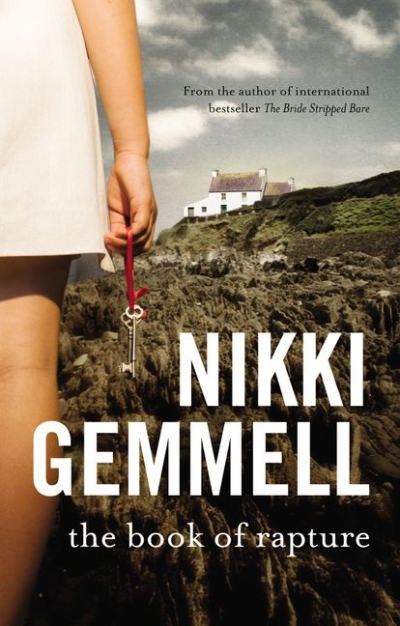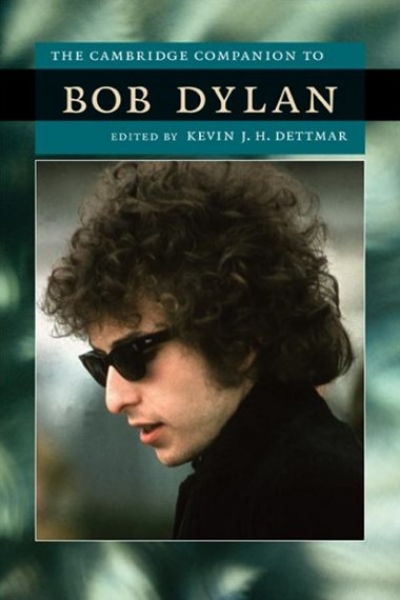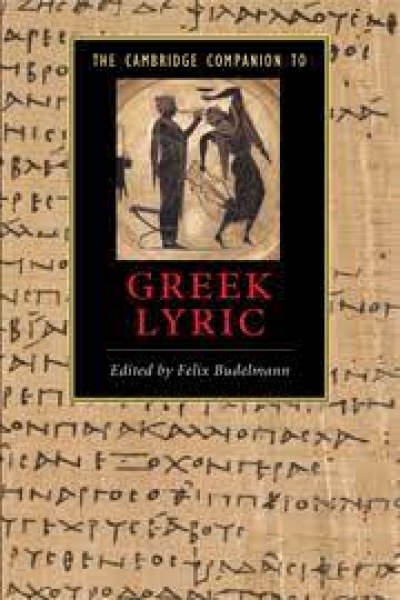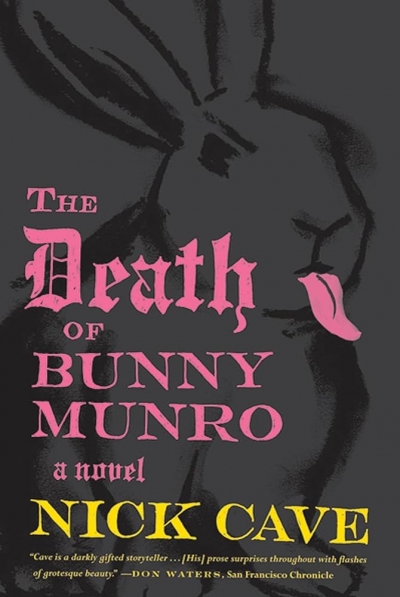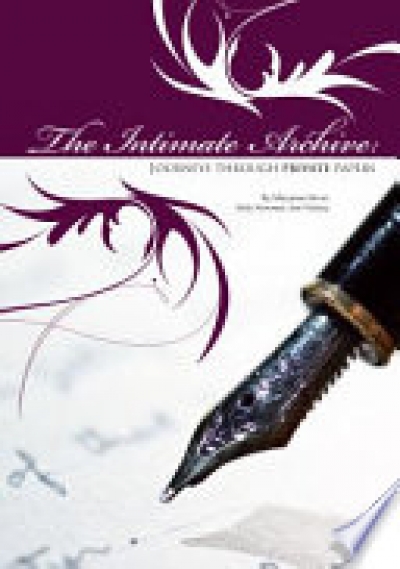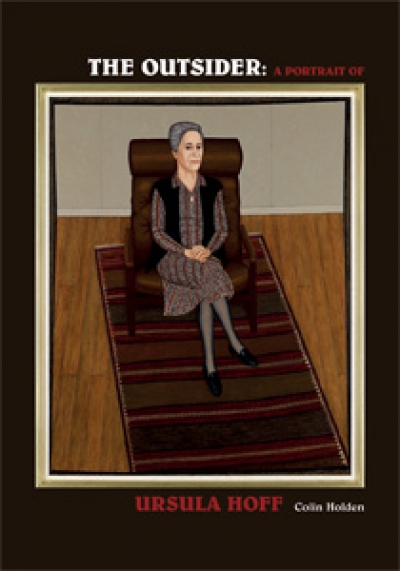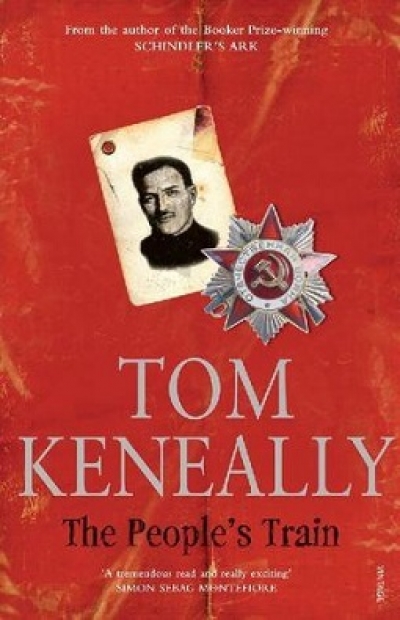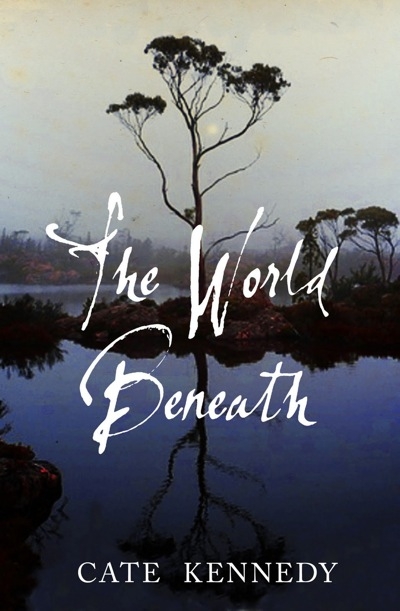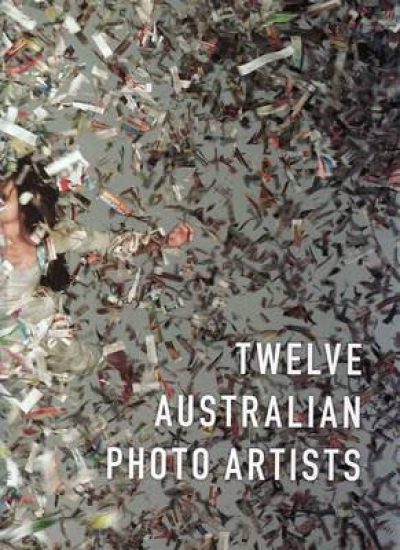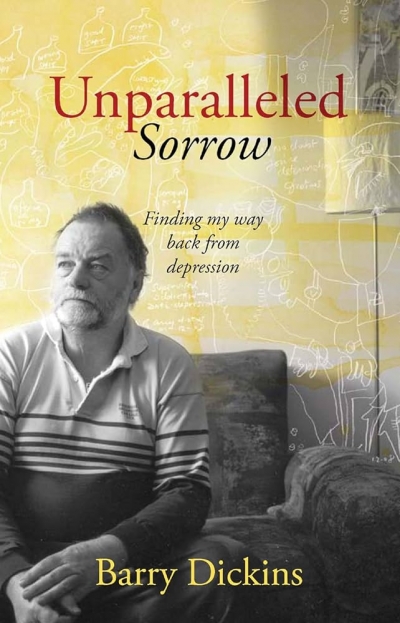Archive
The Cambridge Companion to Bob Dylan edited by Kevin J.H. Dettmar
by Imre Salusinszky •
The Cambridge Companion to Greek Lyric by Felix Budelmann
by Christopher Allen •
The Intimate Archive: Journeys through private papers by Maryanne Dever, Sally Newman and Ann Vickery
by Sylvia Martin •
The Outsider: A Portrait of Ursula Hoff by Colin Holden
by Jaynie Anderson •
Twelve Australian Photo Artists by Blair French and Daniel Palmer
by Isobel Crombie •
Unparalleled Sorrow: Finding my way back from depression by Barry Dickins
by Michael McGirr •

